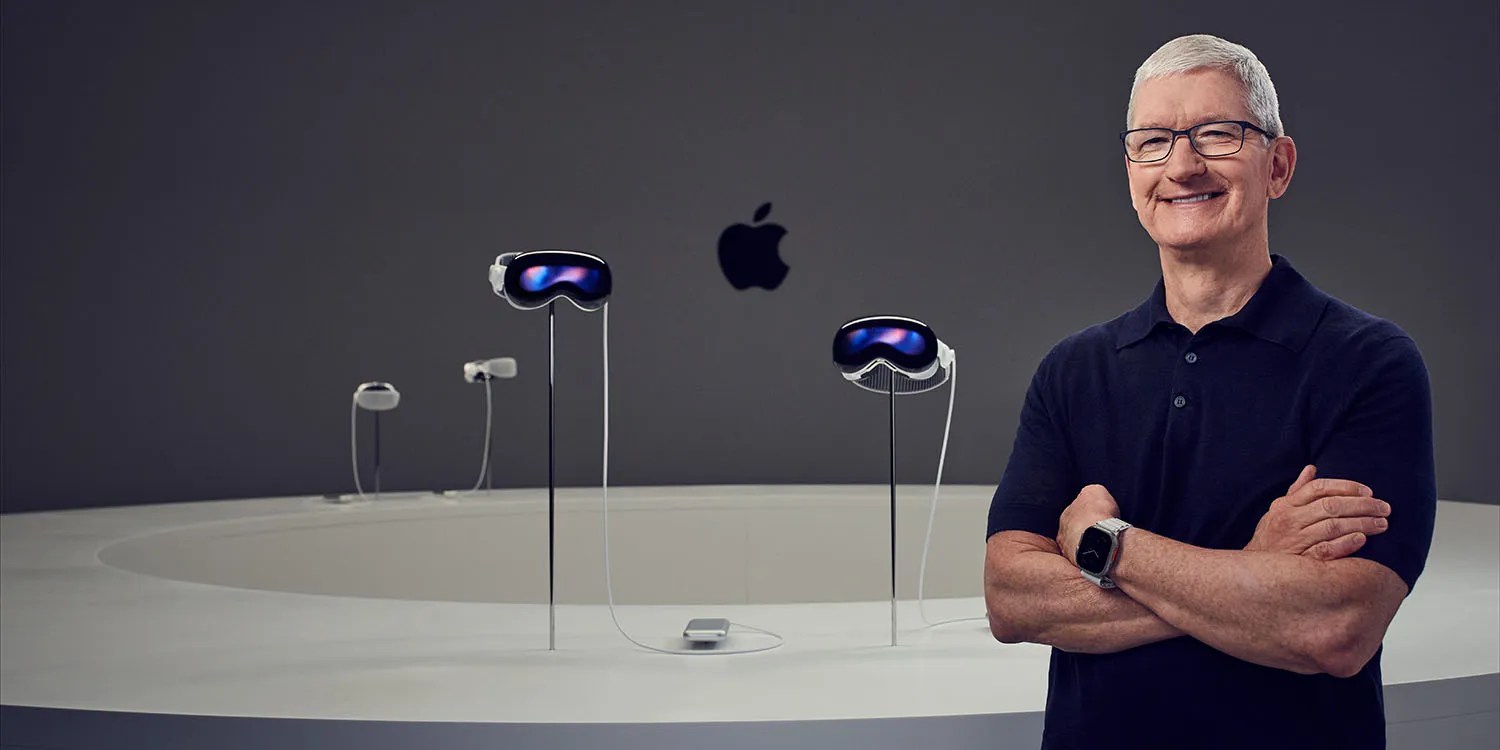
Bloomberg last month reported that Apple is working on a 2nd-gen Vision Pro headset which could reduce the price by around half, and that is today backed by a new supply-chain report.
The report says that the company is currently working on no fewer than four variants of a future headset, and that Apple is aiming to halve the manufacturing cost with one of these …
The 1st-gen Vision Pro in 2024
After years of rumors, Apple officially confirmed the existence of Vision Pro back in June. The company dubbed the mixed-reality experience as “spatial computing,” and showed off what appeared to be a very finished product.
It said that it wasn’t yet ready for launch, but did give 9to5Mac and other media outlets some hands-on time with the device.
Do some features of Vision Pro seem gimmicky? Absolutely. But much of what I saw today is proof of just how impressive mixed reality can be when it’s done right, using top-of-the-line hardware and software. As the ecosystem expands, some of the content that may seem gimmicky can be replaced with incredible experiences.
The hardware of Vision Pro is absolutely industry-leading. I couldn’t see a single pixel on the 4K displays, and even the edges of the content on either side of me were crisp and clear. The combination of those displays and the powerful M2 and R1 chips inside mean that Vision Pro excels at everything it does.
There were audible gasps at Apple Park when the starting price of $3,499 was revealed, though Apple likens it to the first ever Macintosh, which sold for today’s equivalent of $7k. This is a starting-point, not something the company expects to become a mass-market product from the outset.
2nd-gen Vision Pro in 2025
Bloomberg last month reported that Apple is aiming for a price point in the $1500 to $2500 range for a 2nd-gen Vision Pro, and that it will likely drop the EyeSight feature to help achieve that.
A new supply-chain report from Digitimes supports this, stating that Apple is aiming to reduce the Bill of Materials – a term describing the total cost of components – by 50%.
It is understood that the bill of materials (BOM) cost for the affordable version is half that of the first-generation Vision Pro […]
According to a report from Bloomberg, Apple plans to release a version of the Vision Pro in the US$1,500-2,500 range, which information from supply chains supports.
The component costs are only one element of the total expense, of course. Apple has to add in the cost of assembly – which would also be cheaper, with fewer components – and overheads, like R&D, marketing, distribution, and sales.
The report claims that Apple is currently working on four separate versions of the next-gen spatial computer, but only the direct successor and a half-price version are confirmed.
The upcoming second-generation Apple Vision Pro headset will include four versions, one of which will be more price-friendly, according to industry sources […]
Two out of the four rumored versions of Apple’s second-generation Vision Pro have been confirmed: one will be a high-end version like the first generation, and the second will be a more affordable version. Apple’s goal is to cut the BOM costs in half.
9to5Mac’s Take
It’s clear to everyone that a mixed-reality headset that likely costs $4k with prescription lenses is a niche product. But, to Apple’s point, exactly the same was true of the Macintosh when it first launched – and now you can’t walk into a coffee shop or student hall without seeing wall-to-wall MacBooks.
A $2k device is still going to have a limited market, but even a second-gen headset is still an early stage for a completely new product category for the company. At some point, Apple is likely to get a model out at close to the $1k price of Meta’s Quest Pro – at which point it becomes a feasible candidate for a mass-market device.
FTC: We use income earning auto affiliate links. More.



Comments